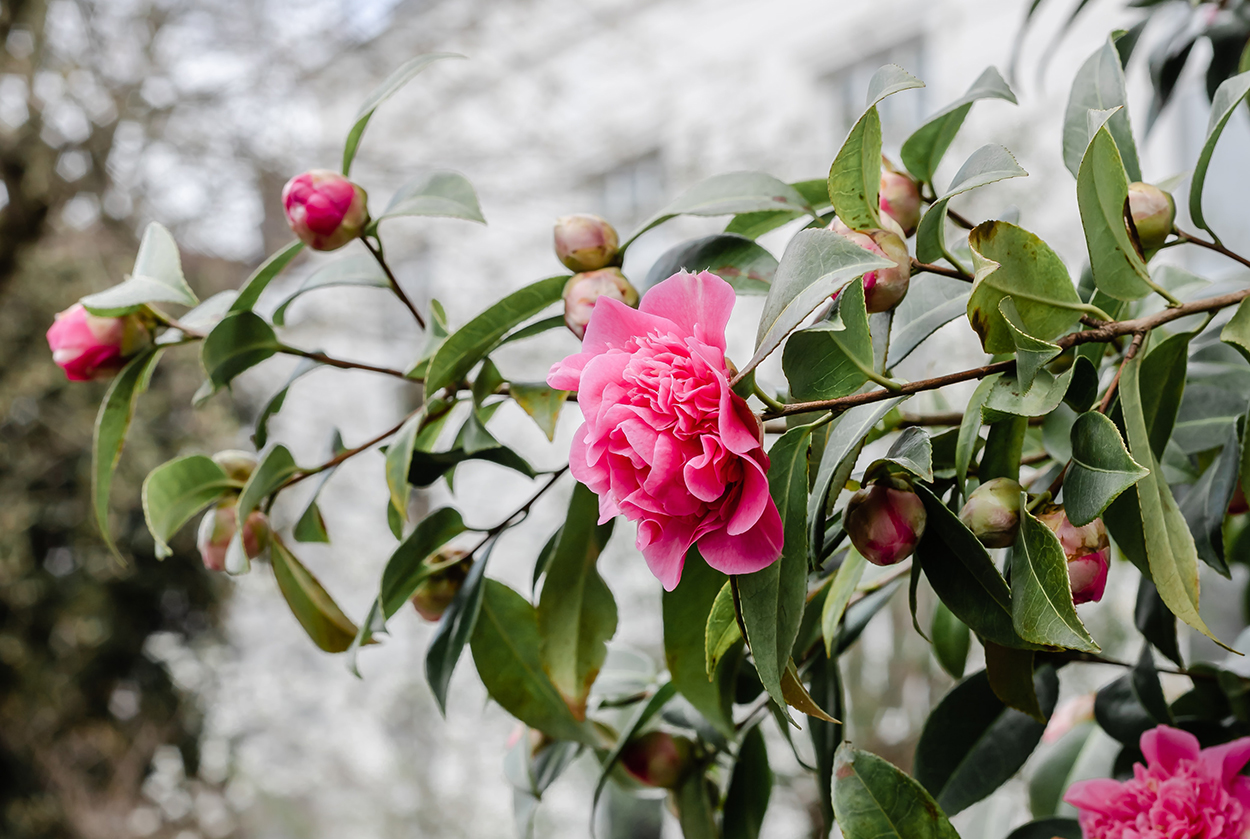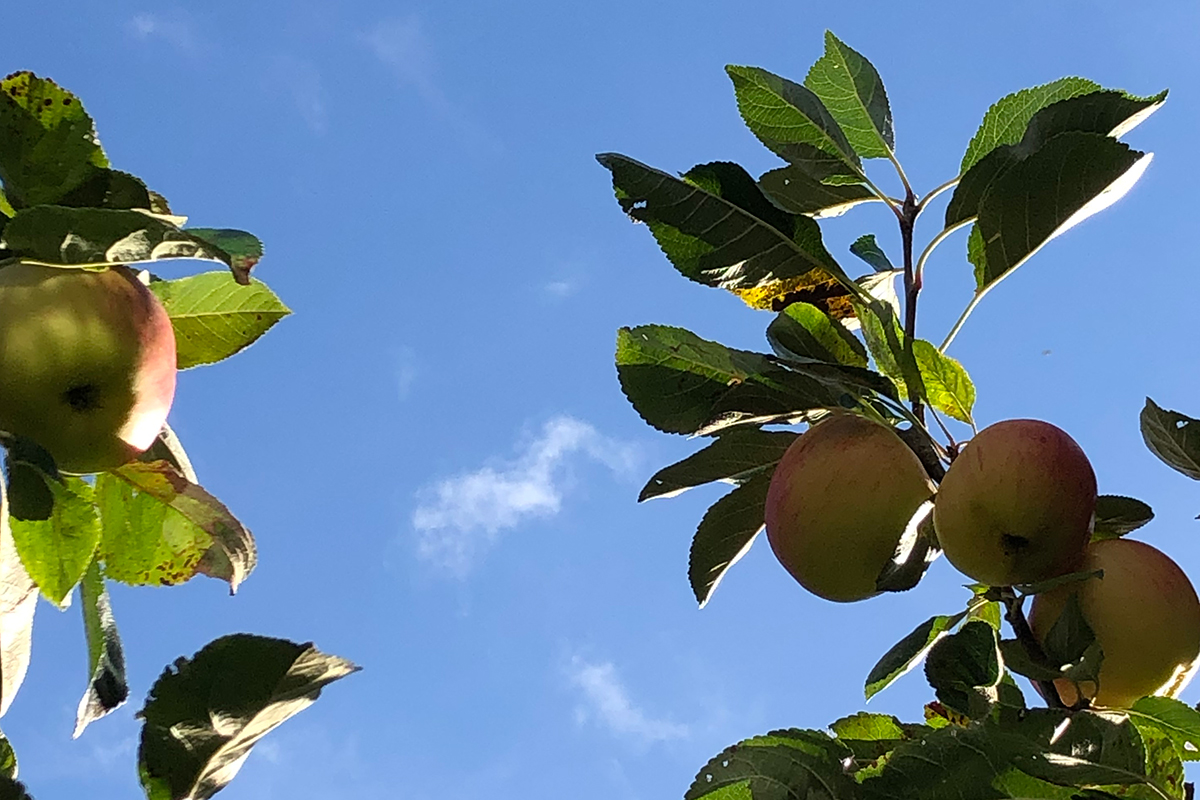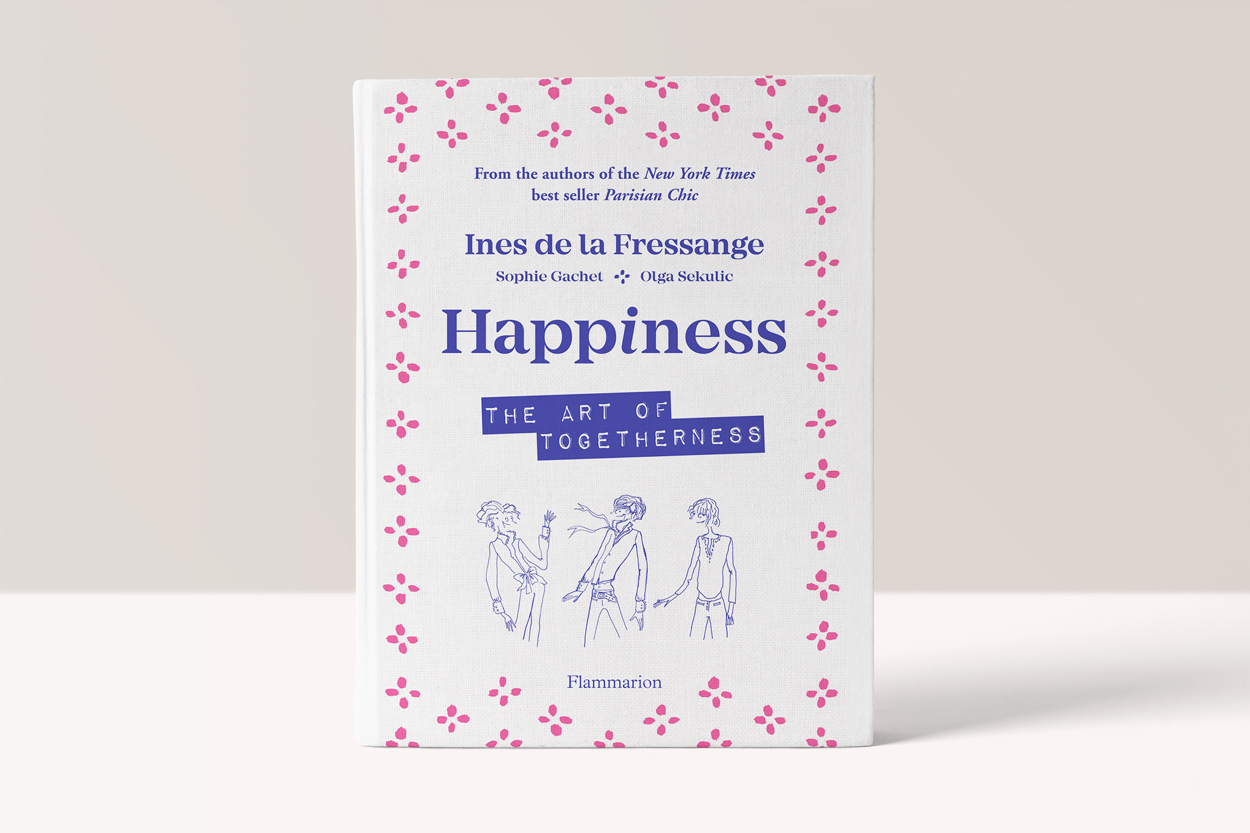Covid-19 has been responsible for many things, but one of the most fundamental has been the impact of where we live and how we work.
Almost overnight it achieved what employees and HR Departments had tried to do for years – change the attitude of many organizations in their willingness to consider flexibility in working patterns.
As a result many people have reassessed where they want to live and how they want to work.
The impact of this has been complex and far-reaching; it is not just a simple matter of choosing to move from the town, or city to the country, or coast. Every element of our day-to-day living has been impacted and so many questions have been raised for individuals about their life choices.
In reality many of us would find it difficult to move easily, perhaps because of family commitments, lack of affordable property to rent, or buy, but often because of a lack of information and knowledge about where to live.
Others having made a move, are surprised at the reality of day-to-day life in their new location. City dwellers often find the country too quiet, too dark, or lacking in amenities. Others trying to move to the coast find a lack of affordable properties, or are frustrated by the annual influx of tourists having a staycation.
For others there is a fundamental question, ‘Where is home?’
Is it where you grew up, is it near family, or the place which resonates with your soul?
Claire Bradbury has written a very timely book (Dwellbeing – Finding Home in the City) about living through and post Covid -19 and how it has impacted on all our lives. So much of her content will resonates with many other people. Pre-Covid many of us had become used to a nomadic life, as our daily commute to work became longer and slower, and our working lives found us on a plane, or living out of hotel bedrooms, all of which were often so generic that we forgot which city we were in when we awoke.
In the winter we often only saw daylight at weekends as we travelled to and from our workplaces in darkness. If green spaces existed in our cities we barely noticed them, as we focused on our phones, tablets, or the next meeting we were trying to reach.
And then the first lockdown happened and it was like someone had pushed an emergency button and everything changed. Working from home became the new normal, we got used to going outside and viewing our local landscape with less traffic, our priorities changed and now many of us have a different agenda.
If a similar thing happened again where would we want to be?
Claire paints a persuasive picture of how our cities could develop in the future, focusing on seven pillars that she believes we cherish and desperately need from our city homes:
Wilderness, nourishment, movement, connection, dwelling, imagination and love.
In each chapter she explores these pillars further and identifies key actions that collectively could be worked on to enable us to live joyfully again in cities,
In her chapter on Wilderness she explores how to design ‘nature rich’ cities sharing global success stories and emphasising how important natural spaces are, not just for the environment, but for our own health and wellbeing. Giving us a colour palette of blues and greens, and including a quote from Deborah Calmeyer, who points out that the colours and shapes in nature are soothing: ‘It’s like a spa for our eyes’
Another of her key pillars is about Movement; pre-Covid-19 so many of us lived a sedentary life, and as Claire highlights,
‘Movement is about joy, curiosity and discovery; it unlocks creativity, sharpens our senses and helps us set personal goals. So often, when the body is moving the mind is relaxed and open’
One positive outcome of the pandemic was that we were encouraged to take daily exercise, it introduced many people to a regime of exercise which coupled with the need to go outside led to a discovery of new parts of our towns and cities.
The pandemic also encouraged us to become more aware of our surroundings, and as Claire describes, urban designers and architects have become aware of the importance of ‘place-making’ where people ‘lift their gaze’ because when we see things worth noticing we naturally slow down.
Taking time to stop and stare was more possible during the pandemic because of less traffic, less pressure on our time and we suddenly became aware of the blossom on trees, a striking piece of architecture, that we might previously only have noticed if we were a tourist in a new city.
We also have become more aware of the importance of our homes, research both in Claire’s book and elsewhere, has revealed how working from home and wanting to spend time outside has increased spending on home improvements, redecorating and gardening. It has also questioned our decision making about where and how we want to live.
Potentially this could have a major impact on our cities, already we have seen the sharp decline in retail, employers are faced with empty buildings and city centre businesses are counting the cost of the shift from office to home, or hybrid working.
However, there is still hope for our cities, and this is the promise delivered in Claire’s book,
‘The Covid-19 pandemic has given us an important opportunity to reacquaint ourselves with our urban homes and our quality of life within them. The affection that’s bloomed for our houses, streets, neighbours and neighbourhoods clarifies what we need from our cities as the fabric of a people. The ingredients of a life well lived – wilderness, nourishment, movement, connection, dwelling, imagination and love are what we instinctively long for.’
Whatever choices you are considering, it is so important to do your research. While there is freedom to travel, visit your chosen destination as often as possible, spend time there, fully explore all aspects of your lifestyle. Explore life through the seasons, at night and at day, factor in all the costs.
Under normal circumstances people plan for a life change, with more freedom in their working arrangements, new options of where to live and work are suddenly available and some people are making dramatic changes. Talk to your network, find the reality of what a new life might mean. Spend time with friends and family exploring options. Be mindful of the impact on others, particularly children and young people who have been through a very challenging time.
Also be aware of how quickly circumstances can change, is hybrid working here to stay? Do you have a resilient support network?
Think about your current circumstances, what could be changed to give you the lifestyle you crave? What influence do you have to support change in your locality? Seriously consider what is important for you, your partner, or family, now and in the future.
But what if you yearn for something completely different?
Living and travelling in converted vehicles has become increasing popular in the UK in recent years and the pandemic has increased this trend further.
In VanLifers: Beautiful Conversions for Life on the Road Alex Waite shares the stories of different people from around the world, who at different ages and life stages and with differing budgets have decided to take on the challenge of a self-build in a wide range of vehicles.
Each example is beautifully photographed and gives the story behind the creation. In many of the examples featured, people have started out hiring a campervan, or similar and then have decided to create their own.
‘The beauty of building your own van means that it can turn out exactly as how you dream it to be ,,,,, We’ve poured so much of ourselves into the build that it really does feel like a home away from home’
The stories and the photographs illustrate just how creative and ingenious people can be, both in the design of the interiors and the sheer variety of different vans that they have converted.
As well as the individual examples there are also helpful tips and advice about how to get the most out of vanlife, their social media contacts and details about the build.
‘The community of Vanlifers is truly one of the most helpful I have ever experienced’
If you are considering a different way of life, this book is an uplifting and wonderful source of inspiration.
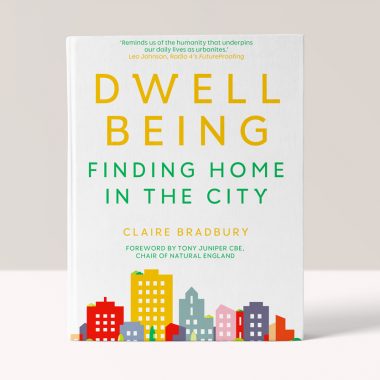
Dwellbeing – Finding Home in the City – Claire Bradbury
Description:
We may have fallen out of love with our city homes, but cities are still going to be essential dwelling places for a growing population.
International sustainability and wellbeing advocate, Claire Bradbury explores what we need to do to fall back in love with the city, and find our city homes again.
City life can be hard. It can be stressful, costly, lonely, and even dangerous; making it difficult to tip the scale in favour of thriving, rather than just surviving.
But it doesn’t have to be this way. Dwellbeing calls us to stand firm on the seven pillars we love and so desperately need from our city homes: wilderness, nourishment, movement, connection, dwelling, imagination and unity.
For the first time, international sustainability expert and self-confessed urban nomad, explores the everyday actions that have the power to enhance our lives, and points to the leaders, creators and urban heroes around the world who are re-writing the script on city life.
Dwellbeing encompasses her conversations with city dwellers and experts from all backgrounds, from street artists to planners, chefs to lawyers, and DJs to architects.
This beautiful book shows that when it comes to re-imagining our urban futures, everyone has a voice; and that it is more than possible to create city homes that we all want to dwell in.
Published by Flint an imprint of The History Press
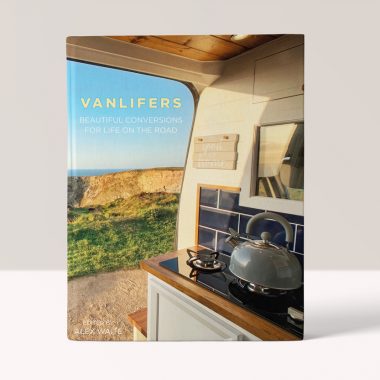
VanLifers: Beautiful Conversions for Life on the Road – Alex Waite (editor)
Description:
Living and travelling in converted vehicles has become increasingly popular in the UK in recent years and the coronavirus pandemic has only increased the trend further.
Life on the road can offer an incomparable sense of freedom and community, with endless opportunity for new experiences, and a shift to simpler living. But what these travellers are after is very different from the traditional caravan holiday; instead these vans and trucks have been creatively turned into permanent homes, tailored to their owners’ tastes and interests.
While some choose a ready-made van, for others the joy is in converting a vehicle themselves and making it personal and unique. With imaginative storage options, eco-friendly power sources, inventive layouts, and some very well-travelled pets, the options for these portable homes are limitless.
This illustrated book reveals some of the most beautiful and innovative converted vehicles on the road and the most creative of van-dwellers, to inspire and delight every aspiring vanlifer.
Published by The History Press
https://www.waterstones.com/book/vanlifers/alex-waite/9780750997188


